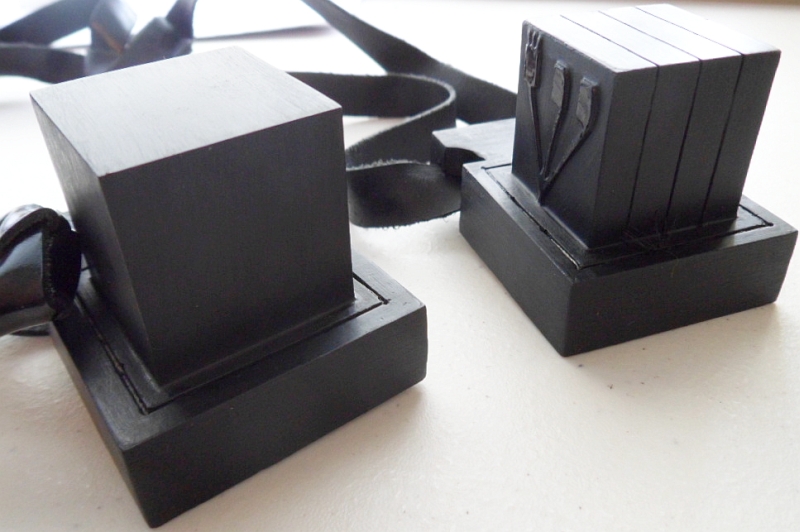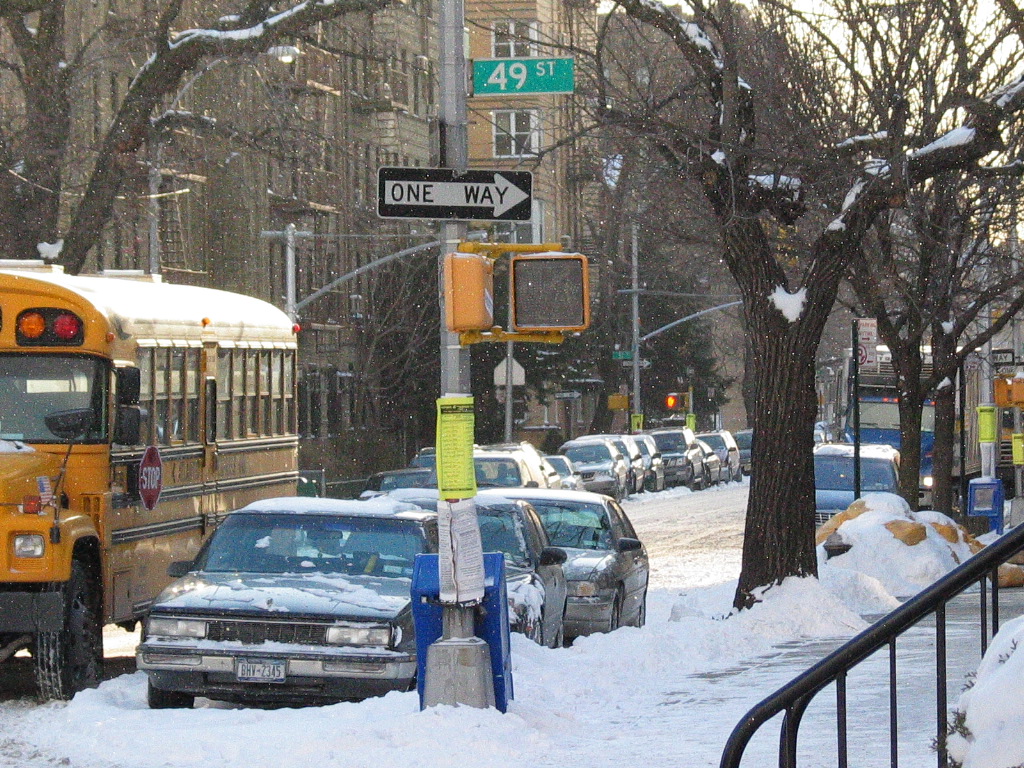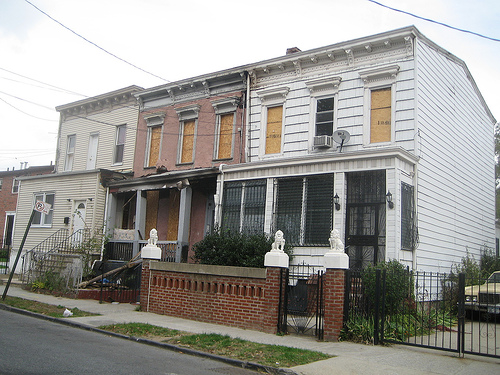|
Moshe Yehuda Blau
Rabbi Chaim Moshe Yehuda Hakohen Blau (1912–2003) was a German-born rabbi, lecturer and author. He published about 40 volumes of never before seen Rishonim. Early life Rabbi Blau was born in Hamburg, Germany on 15 October 1912 (4th of Cheshvan 5673) to his parents Dr. Yirmiyahu Armin Hakohen and Leah Blau. At the age of 19 he went to study at the Mir Yeshiva, in Poland, under the tutelage of the Mashgiach, Rav Yeruchom Levovitz. He fell ill while in the Yeshiva and went to great lengths to receive the blessing of the Chofetz Chaim. With the outbreak of World War II, he fled together with the Yeshiva to Lithuania, received a visa from Chiune Sugihara enabling him and his wife to flee to Japan, and finally Shanghai, China, surviving the Holocaust. After the war was over he settled in the United States where he eventually became a chassid of the Lubavitcher Rebbe. Publishing Rishonim In the United States he started corresponding with various library's, institutions, univer ... [...More Info...] [...Related Items...] OR: [Wikipedia] [Google] [Baidu] |
Rabbi
A rabbi (; ) is a spiritual leader or religious teacher in Judaism. One becomes a rabbi by being ordained by another rabbi—known as ''semikha''—following a course of study of Jewish history and texts such as the Talmud. The basic form of the rabbi developed in the Pharisees, Pharisaic (167 BCE–73 CE) and Talmudic (70–640 CE) eras, when learned teachers assembled to codify Judaism's written and oral laws. The title "rabbi" was first used in the first century CE. In more recent centuries, the duties of a rabbi became increasingly influenced by the duties of the Clergy, Protestant Christian minister, hence the title "pulpit rabbis." Further, in 19th-century Germany and the United States, rabbinic activities such as sermons, pastoral counseling, and representing the community to the outside all increased in importance. Within the various Jewish denominations, there are different requirements for rabbinic ordination and differences in opinion regarding who is recognized as a ... [...More Info...] [...Related Items...] OR: [Wikipedia] [Google] [Baidu] |
Lubavitcher Rebbe
Chabad, also known as Lubavitch, Habad and Chabad-Lubavitch (; ; ), is a dynasty in Hasidic Judaism. Belonging to the Haredi (ultra-Orthodox) branch of Orthodox Judaism, it is one of the world's best-known Hasidic movements, as well as one of the largest Jewish religious organizations. Unlike most Haredi groups, which are self-segregating, Chabad mainly operates in the wider world and caters to nonobservant Jews. Founded in 1775 by Rabbi Shneur Zalman of Liadi (1745–1812) in the city of Liozno in the Russian Empire, the name "Chabad" () is an acronym formed from the three Hebrew words— Chokmah, Binah, Da'at— for the first three sefirot of the kabbalistic Tree of Life after Keter: , "Wisdom, Understanding, and Knowledge"—which represent the intellectual and kabbalistic underpinnings of the movement. The name Lubavitch derives from the town in which the now-dominant line of leaders resided from 1813 to 1915. Other, non-Lubavitch scions of Chabad either disappeared ... [...More Info...] [...Related Items...] OR: [Wikipedia] [Google] [Baidu] |
2003 Deaths
This is a list of lists of deaths of notable people, organized by year. New deaths articles are added to their respective month (e.g., Deaths in ) and then linked below. 2025 2024 2023 2022 2021 2020 2019 2018 2017 2016 2015 2014 2013 2012 2011 2010 2009 2008 2007 2006 2005 2004 2003 2002 2001 2000 1999 1998 1997 1996 1995 1994 1993 1992 1991 1990 1989 1988 1987 1986 Earlier years ''Deaths in years earlier than this can usually be found in the main articles of the years.'' See also * Lists of deaths by day * Deaths by year (category) {{DEFAULTSORT:deaths by year ... [...More Info...] [...Related Items...] OR: [Wikipedia] [Google] [Baidu] |
1912 Births
This year is notable for Sinking of the Titanic, the sinking of the ''Titanic'', which occurred on April 15. In Albania, this leap year runs with only 353 days as the country achieved switching from the Julian to Gregorian Calendar by skipping 13 days. Friday, 30 November ''(Julian Calendar)'' immediately turned Saturday, 14 December 1912 ''(in the Gregorian Calendar)''. Events January * January 1 – The Republic of China (1912–49), Republic of China is established. * January 5 – The Prague Conference (6th All-Russian Conference of the Russian Social Democratic Labour Party) opens. * January 6 ** German Geophysics, geophysicist Alfred Wegener first presents his theory of continental drift. ** New Mexico becomes the 47th U.S. state. * January 8 – The African National Congress is founded as the South African Native National Congress, at the Waaihoek Wesleyan Church in Bloemfontein, to promote improved rights for Black people, black South Africans, with Joh ... [...More Info...] [...Related Items...] OR: [Wikipedia] [Google] [Baidu] |
Sofer
A sofer, sopher, sofer SeTaM, or sofer ST"M (, "scribe"; plural , ) is a Jewish scribe who can transcribe Sifrei Kodesh (holy scrolls), tefillin (phylacteries), Mezuzah, mezuzot (ST"M, , is an abbreviation of these three terms) and other religious writings. Description Soferim are men who are trained and permitted to transcribe Jewish texts according to the halacha, laws of Judaism: * Sefer torah, a complete copy of Torah read by Jewish men during prayer. * Tefillin, scrolls of Torah verses worn by Jewish adults during prayer. * Mezuzot, scrolls of Torah verses placed on the doors of Jewish households. collectively known as ST"M. By simple definition, soferim are copyists, but their religious role in Judaism is much more. Besides sifrei Torah, tefillin, and mezuzot, scribes are necessary to write the Five Megillot (scrolls of the Song of Songs, Book of Ruth, Book of Esther, Ecclesiastes, and Book of Lamentations), Nevi'im (the books of the prophets, used for reading the haf ... [...More Info...] [...Related Items...] OR: [Wikipedia] [Google] [Baidu] |
Kosher
(also or , ) is a set of dietary laws dealing with the foods that Jewish people are permitted to eat and how those foods must be prepared according to Jewish law. Food that may be consumed is deemed kosher ( in English, ), from the Ashkenazi pronunciation of the term that in Sephardi or Modern Hebrew is pronounced ''kashér'' (), meaning "fit" (in this context: "fit for consumption"). Food that may not be consumed, however, is deemed treif ( in English, ), also spelled treyf (). In case of objects the opposite of kosher is pasúl ( in English, Yiddish: פָּסוּל). Although the details of the laws of are numerous and complex, they rest on a few basic principles: * Only certain types of mammals, birds, and fish, meeting specific criteria are kosher; the consumption of the flesh of any animals that do not meet these criteria, such as pork, frogs, and shellfish, is forbidden, except for locusts, which are the only kosher invertebrate. * The most basic eating rule in ... [...More Info...] [...Related Items...] OR: [Wikipedia] [Google] [Baidu] |
Mezuzah
A ''mezuzah'' ( "doorpost"; plural: ''mezuzot'') is a piece of parchment inscribed with specific Hebrew language, Hebrew verses from the Torah, which Jews affix in a small case to the doorposts of their homes. These verses are the Biblical passages in which the use of a mezuzah is commanded ( and ); they also form part of the Shema Yisrael, Shema prayer. According to Halakha, traditional Jewish law, a ''mezuzah'' must be placed on every Post and lintel, post-and-lintel entrance to a residence, courtyard, or city. Since the time of Meir of Rothenburg (), religious Jews have increasingly also placed ''mezuzot'' on the entrances to non-residential buildings such as synagogues and offices, and on each internal doorway of the home or building, with the exception of bathrooms (where the Names of God, name of God is forbidden) and small closets. The ''klaf'' is prepared by a qualified scribe ("''sofer stam'') who has undergone training, both in studying the relevant religious laws, ... [...More Info...] [...Related Items...] OR: [Wikipedia] [Google] [Baidu] |
Tefillin
Tefillin (Modern Hebrew language, Israeli Hebrew: / ; Ashkenazim, Ashkenazic pronunciation: ; Modern Israeli Hebrew, Modern Hebrew pronunciation: ), or phylacteries, are a set of small black leather boxes with leather straps containing scrolls of parchment inscribed with verses from the Torah. Tefillin are worn by male adult Jews during weekday and Sunday morning prayers. In Orthodox Judaism, Orthodox and traditional communities, they are worn solely by men, while some Reform Judaism, Reform and Conservative Judaism, Conservative (Masorti) communities allow them to be worn by Jewish adults regardless of gender. In Jewish law (halacha), women are exempt from most time-dependent positive commandments, which include tefillin, and unlike other time-dependent positive commandments, most halachic authorities prohibit them from fulfilling this commandment. Although "tefillin" is technically the plural form (the singular being "tefillah"), it is often used as a singular as well. The a ... [...More Info...] [...Related Items...] OR: [Wikipedia] [Google] [Baidu] |
Mitzvah
In its primary meaning, the Hebrew language, Hebrew word (; , ''mīṣvā'' , plural ''mīṣvōt'' ; "commandment") refers to a commandment Divine law, from God to be performed as a religious duty. Jewish law () in large part consists of discussion of these commandments. According to religious tradition, there are 613 commandments, 613 such commandments. In its secondary meaning, the word ''mitzvah'' refers to a deed performed in order to fulfill such a commandment. As such, the term ''mitzvah'' has also come to express an individual act of human kindness in keeping with the law. The expression includes a sense of heartfelt sentiment beyond mere legal duty, as "you shall love your neighbor as yourself" (Leviticus 19:18). For some ''mitzvot'', the purpose is specified in the Torah; though, the opinions of the Talmudic rabbis are divided between those who seek the Teleology, purpose of the ''mitzvot'' and those who do not question them. The former believe that if people were to ... [...More Info...] [...Related Items...] OR: [Wikipedia] [Google] [Baidu] |
Borough Park, Brooklyn
Borough Park (also spelled Boro Park) is a neighborhood in the southwestern part of the borough (New York City), borough of Brooklyn, in New York City. The neighborhood is bordered by Bensonhurst, Brooklyn, Bensonhurst to the south, Dyker Heights, Brooklyn, Dyker Heights to the southwest, Sunset Park, Brooklyn, Sunset Park to the west, Kensington, Brooklyn, Kensington and Green-Wood Cemetery to the northeast, Flatbush, Brooklyn, Flatbush to the east, and Mapleton, Brooklyn, Mapleton to the southeast. It is economically diverse and home to one of the largest Orthodox Judaism, Orthodox Jewish communities outside Israel, with one of the largest concentrations of Jews in the United States. With Orthodox and Haredi families having an average of 6.72 children, Boro Park is experiencing a sharp growth in population. The neighborhood is part of Brooklyn Community Board 12, Brooklyn Community District 12, and its primary ZIP Code is 11219. It is patrolled by the 66th Precinct of the New ... [...More Info...] [...Related Items...] OR: [Wikipedia] [Google] [Baidu] |
East New York, Brooklyn
East New York is a residential neighborhood in the eastern section of the New York City borough of Brooklyn. Its boundaries, starting from the north and moving clockwise, are roughly the Cemetery Belt and the Queens borough line to the north; the Queens borough line to the east; Jamaica Bay to the south; the New York City Subway's BMT Canarsie Line, the Bay Ridge Branch railroad tracks, and Van Sinderen Avenue to the west. Linden Boulevard, Pennsylvania Avenue, and Atlantic Avenue are the primary thoroughfares through East New York. East New York was founded as the Town of New Lots in the 1650s. It was annexed as the 26th Ward of the rapidly growing City of Brooklyn in 1886, and became part of New York City in 1898. During the latter part of the twentieth century, East New York came to be predominantly inhabited by African Americans and Latinos. East New York is part of Brooklyn Community District 5, and its primary ZIP Codes are 11207, 11208, and 11239. It is patrolle ... [...More Info...] [...Related Items...] OR: [Wikipedia] [Google] [Baidu] |
Bava Batra
Bava Batra (also Baba Batra; ) is the third of the three Talmudic tractates in the Talmud in the order Nezikin; it deals with a person's responsibilities and rights as the owner of property. It is part of Judaism's oral law. Originally it, together with Bava Kamma and Bava Metzia, formed a single tractate called ''Nezikin'' (torts or damages). Unlike Bava Kamma and Bava Metzia, this tractate is not the exposition of a certain passage in the Torah. Mishnah The Mishnah is divided into ten chapters, as follows: * Regulations relating to jointly owned property (chapter 1) * Responsibilities of a property owner towards his neighbor (chapter 2) * Established rights of ownership and rights connected with property (chapter 3) * Laws referring to the acquisition of property by purchase, as also what constitutes an unclean vessel when purchased from a Gentile (chapters 4–7) * Laws of inheritance (chapters 8–9) * Laws concerning documents (chapter 10) Joint ownership Chapter 1: ... [...More Info...] [...Related Items...] OR: [Wikipedia] [Google] [Baidu] |







